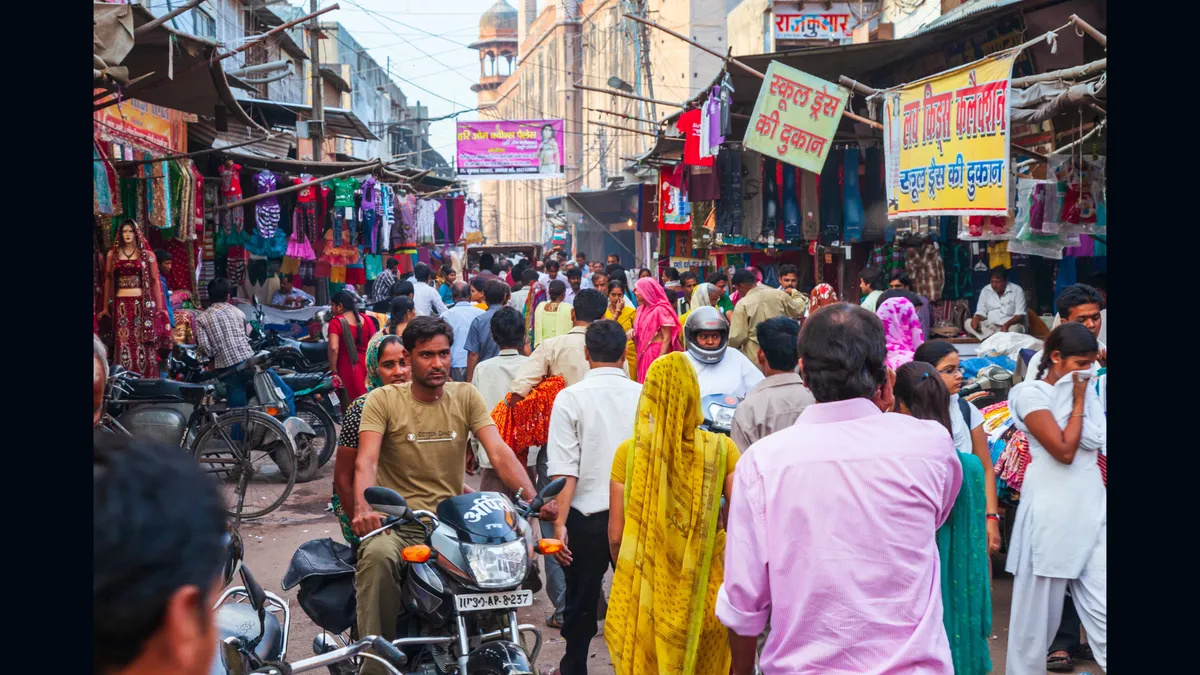Just after midnight on May 9, a journalist in India received a message via WhatsApp from Prasar Bharati, the government-run broadcaster. The message claimed that Pakistan’s army chief had been detained and that a military coup was underway.
Moments later, the journalist shared the claim on X, and other reporters quickly followed. Major Indian news outlets picked it up almost instantly, and the story spread rapidly across social media.
But the report was completely untrue. There was no coup. General Asim Munir had not been arrested. In fact, he would soon be promoted to field marshal.
While this was the most blatant example, it was only one of many instances where false information surged through Indian media during some of the most volatile nights between India and Pakistan in recent memory.
To support the falsehood of the military coup, broadcasters used footage from conflicts in Gaza and Sudan, clips from a Philadelphia plane crash, and even scenes from a video game called Arma 3 advertised as real combat.
These visuals weren’t just dramatic, they were destructive; convincing viewers that India had inflicted catastrophic damage on its neighbor.
Why This Happened: News Vacuums, Nationalism & Ratings
Several factors combined to create this perfect storm:
- Lack of official statements, especially late at night. With no authoritative sources, anchors filled the vacuum with speculation and unverified “sources”
- Surging editorial nationalism: Critics like former foreign secretary Nirupama Rao blamed it on a “parallel reality” created by chest-thumping coverage.
- Journalistic shortcuts and pressure: In one newsroom, a reporter vented on a hot mic: “First you say ‘give update,’ then ‘why fake?’”
- Commercial incentives: Channels race for eyeballs—hyper-nationalist rhetoric drives ratings, as Bloomberg and Pande of Newslaundry argue.
At the same time, editorial nationalism played a significant role. Some journalists and political analysts observed that many networks seemed more interested in stoking patriotic sentiment than delivering truth. Former foreign secretary Nirupama Rao even described the coverage as creating a “parallel reality.” In the rush to show India as victorious and dominant, truth took a backseat.
The Cost: Trust, Accuracy, and Stability
The damage from these practices is deep. Millions of viewers were misled into believing that Pakistan had suffered catastrophic losses. International observers were left confused and concerned about India’s media integrity. And perhaps most troubling, the public trust in journalism—already fragile—took another hit. When media credibility collapses, it doesn’t just hurt the networks. It undermines democratic accountability and public discourse.
Paths to Reform
News channels have a monumental responsibility, not just to report events but to guard reality. If visuals from Gaza, Sudan, or video games are taken as evidence during a nuclear-armed crisis, that is not just a media failure. It is a democracy failure.
Rebuilding trust requires more than apologies. It demands structural change, from newsroom culture to how viewers engage with information. Until then, the line between truth and spectacle remains dangerously blurred.
